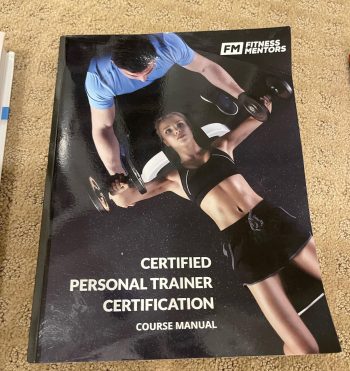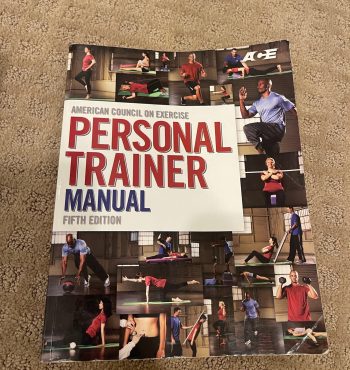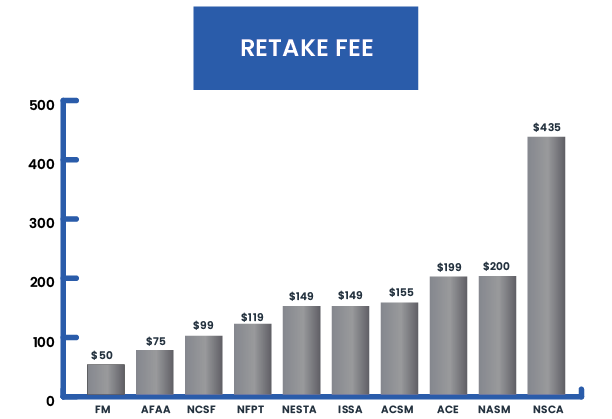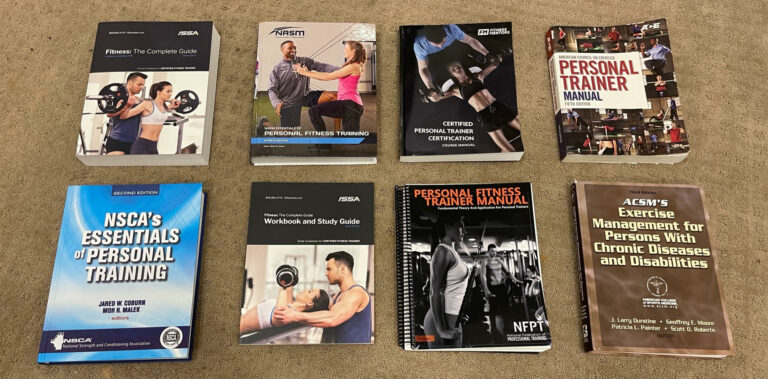Choosing a career as a personal trainer can be an exciting prospect. You get to help people transform their lives, hit new milestones, and feel good in their skin.
Here’s a not-so-fun reality: even with the best intentions and training plans, things can go wrong. Injuries happen. When they do, you could be held responsible. Client safety covers legal protection, clear communication, and building trust. Whether training in a gym, a client’s home, or online, here’s what you need to know to keep them safe.
Know Your Scope of Practice
First things first: stick to what you’re qualified to do. No diagnosing injuries or designing nutrition plans that go beyond basic guidelines, unless you’re certified in those areas.
The International Personal Trainer Academy states that staying within your professional scope is one of the most important legal guidelines to follow.
Recommending a protein shake? Fine. Telling a client how to manage their arthritis? Not fine. Refer them to a medical professional.
Do a Thorough Client Assessment
Skipping the initial assessment might save time. However, it could cost you down the line.
A simple health history form, the PAR-Q (Physical Activity Readiness Questionnaire), can reveal conditions that may require modifications to exercise.
Insure Fitness Group explains that identifying pre-existing conditions, such as heart problems or recent surgeries, can prevent injuries before they occur.
Plus, having those records on file could protect you legally if something goes wrong.
Document Everything
A good personal injury attorney will tell you that simple documentation goes a long way.
Keep records of:
- Initial assessments and waivers
- Workout programs
- Notable client feedback or complaints
- Any injuries or unusual responses to workouts
This paper trail isn’t only for you, but could be invaluable in court. Personal injury lawsuits related to fitness injuries often hinge on what was known and documented.
TorHoerman Law says that if a client can prove they were injured due to your negligence, they can file a personal injury claim. For this very reason, you should cross your t’s and dot your i’s.
Proper Form is Non-Negotiable
Sure, your client says they’ve done squats before. Still, if their knees are caving in and their back is rounding, it’s your job to fix it or stop the movement altogether.
Poor form is one of the leading causes of injury in fitness during high-intensity workouts or with heavy loads.
Certified personal trainer experts advise trainers to break down movements into simpler components and prioritize posture before adding speed or resistance.
Pro tip: Don’t be afraid to regress a movement. It’s not a setback; it’s smart programming.
Create a Safe Training Environment
Whether you’re training at a gym or outdoors, client safety starts with the space itself. That means:
- No tripping hazards
- Clean, well-maintained equipment
- Enough room for dynamic movements
- First aid kit on hand
If you’re offering remote sessions, remind clients to check their workout area at home for pets, slippery floors, or clutter. A safety-focused setup reduces the risk of injury and signals that you’re a true professional.
Communication is Everything
Some clients won’t tell you when something hurts. They might be shy, embarrassed, or think pain is part of the process.
So, it’s up to you to create a space where they can speak up.
Slate points out that trainers sometimes toe the line between coach, motivator, and therapist.
While that’s flattering, it means you must set clear boundaries and regularly check in about how they are feeling physically and emotionally during sessions.
Don’t Skip the Waivers
Waivers seem like a formality, but these informed consent documents are essential. They explain the risks involved in training and clarify what your client is agreeing to.
While they won’t protect you from all legal action, they can help reduce your liability.
Include language that outlines:
- The risks of physical activity
- Their responsibility is to report pain or discomfort
- Their consent to participate
Having a personal injury law firm review your forms is a smart move, especially as your business grows. Think of it as insurance for your career.
Know What to Do if Something Goes Wrong
Even with the best practices in place, injuries can still happen. If a client strains a muscle, faints, or trips during a workout, stay calm and follow this general protocol:
- Stop the session immediately. Don’t try to “push through it.”
- Provide basic first aid or call for emergency help if needed.
- Document the incident in detail.
- Follow up with the client afterward.
- Consult a personal injury lawyer if it’s a serious injury or could lead to legal issues.
It might feel awkward. Nonetheless, your response could make the difference between a minor hiccup and a lawsuit.
Protect Yourself
Lastly, every trainer (yes, even part-time or online coaches) should carry professional liability insurance. It covers you in case a client claims you were negligent or caused their injury.
Insurance companies tailor policies for fitness trainers. Don’t think of it as an expense but as a lifeline.
Now that you’re clued up on how to keep your client safe during workouts, don’t forget that their progress is good for business and your reputation.



























